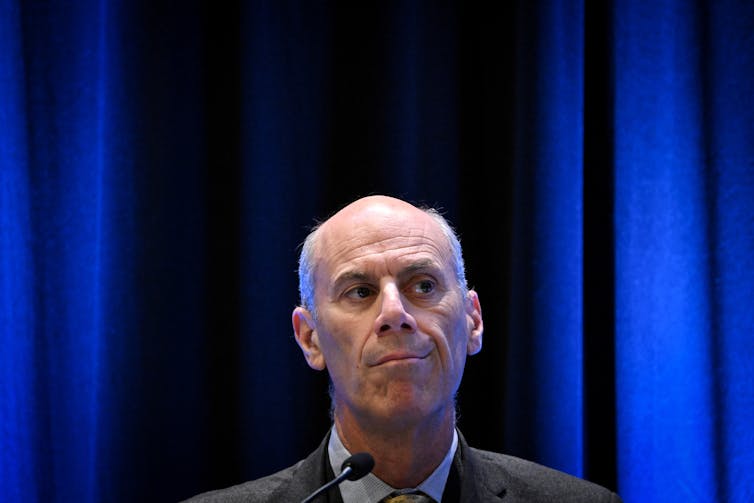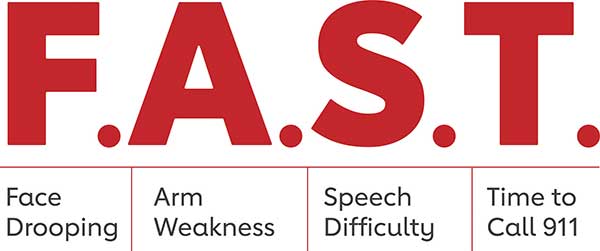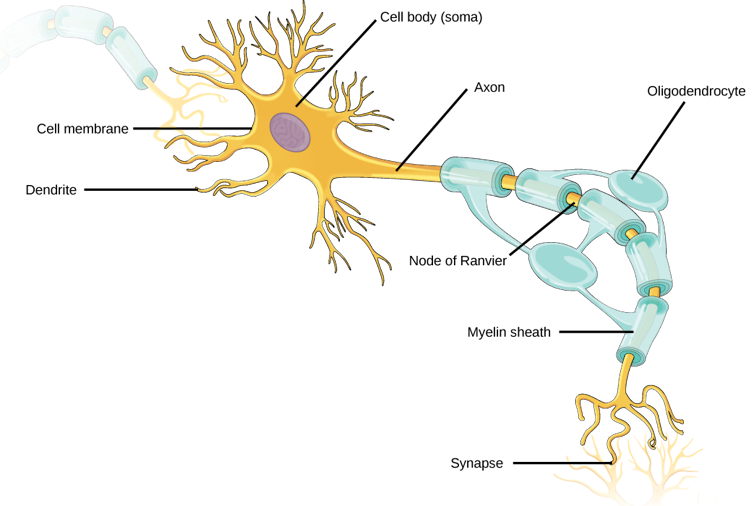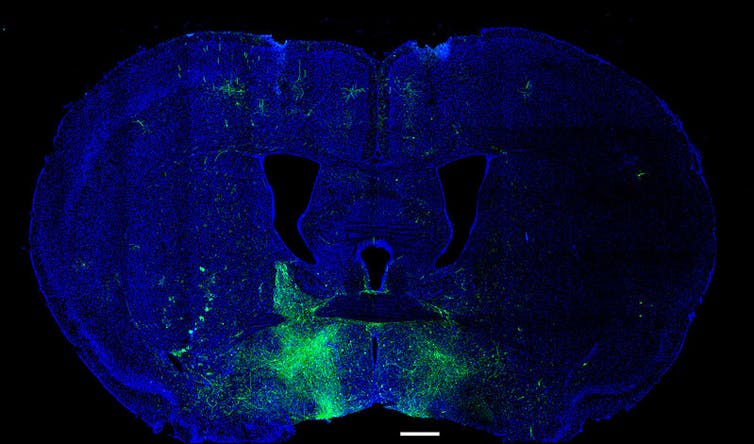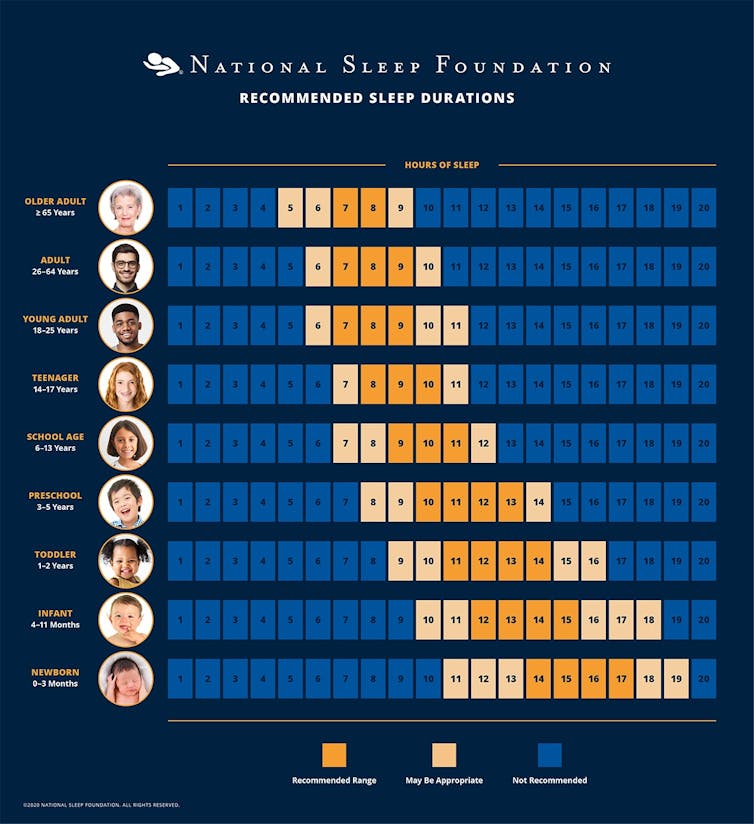
Programs delivering fluoride varnish in schools significantly reduce cavities in children. That is a key finding of our recently published study in the American Journal of Preventive Medicine.
Fluoride varnish is a liquid that is applied to the teeth by a trained provider to reduce cavities. It does not require special dental devices and can be applied quickly in various settings.
Our research team found that school fluoride varnish programs, implemented primarily in communities with lower incomes and high cavity risk among children, achieve meaningful rates of student participation and reduced new cavities by 32% in permanent teeth and by 25% in primary – or “baby” – teeth.
We also found that school fluoride varnish programs reduced the progression of small cavities to more severe cavities by 10%. This positive impact held true among school children of various ages in preschool through high school, in rural or urban areas and in communities with and without fluoridated tap water. Fluoride varnish remained effective when delivered by various providers, including dentists, hygienists or trained lay workers.
This research was a large team collaboration on a systematic review, led by researchers from the Centers for Disease Control and Prevention and from our universities. A systematic review is when researchers carefully collect and study all the best available research on a specific topic to figure out what the overall evidence shows.
Ultimately, our conclusions were based on 31 published studies that were reported in 43 peer-reviewed articles involving 60,780 students.
Why is this important?
Although preventable, dental cavities are very common, with well over half of teenagers affected.
Untreated tooth decay can diminish a child’s ability to eat, speak, learn and play, and can negatively affect school attendance and grades.
Reducing tooth decay in youths is a national health objective.
In addition, we believe that since there is a growing movement in the U.S. to remove water fluoridation, other ways of protecting teeth with fluoride, such as toothpaste and varnish, will become more important. About three-quarters of the U.S. population using public water systems has been receiving fluoridated water at levels designed to strengthen enamel and prevent cavities. They will be at higher risk for cavities if fluoride is removed from their drinking water.
Fluoride varnish is recommended by the American Dental Association, the American Academy of Pediatrics, the U.S. Preventive Services Task Force and others. However, many children don’t receive recommended preventive dental services, including fluoride varnish, at dental visits, with some estimates as low as 18% for children from families in low-income households.
This makes schools an important setting for delivery of fluoride varnish to increase access. Students typically receive a dental exam, oral health education and supplies, and referrals for dental care. Depending on state regulations, the varnish can be applied by dental and medical professionals or trained lay workers.
Our work led to the recommendation of school fluoride varnish by the Community Preventive Services Task Force, an independent panel of nationally recognized public health experts that provides evidence-based recommendations on programs and services to protect and improve health in the United States.
What still isn’t known
Limited funds are a barrier. We believe that further understanding the ways to reduce the cost of these programs would help to expand them and reach more students.
One key opportunity is relaxing the restrictions on application by health professionals such as medical assistants and registered nurses, which is allowed in some states but not others.
Programs also sometimes struggle to get schools and families fully engaged. More research could help us determine the best ways to increase the percentage of families that return their consent forms and make school fluoride programs easier to run.
Another barrier is that many states only provide insurance reimbursement for these programs through age 6. Thus, increasing the eligibility age served by medical providers can serve more children, increase the number of these programs and protect more children’s teeth from decay – supporting oral and overall health.
The Research Brief is a short take on interesting academic work.![]()
Christina Scherrer, Professor of Industrial and Systems Engineering, Kennesaw State University and Shillpa Naavaal, Associate Professor of Pediatric Dentistry, Virginia Commonwealth University
This article is republished from The Conversation under a Creative Commons license.




